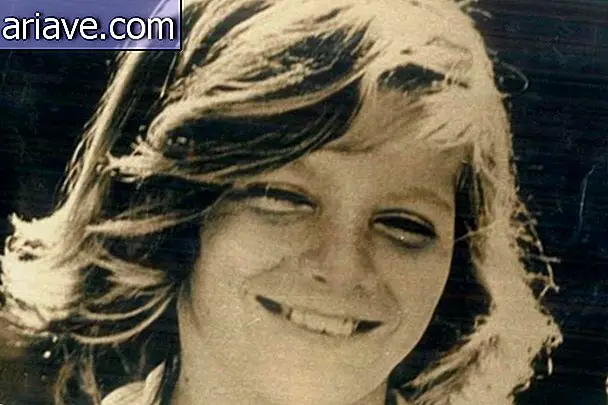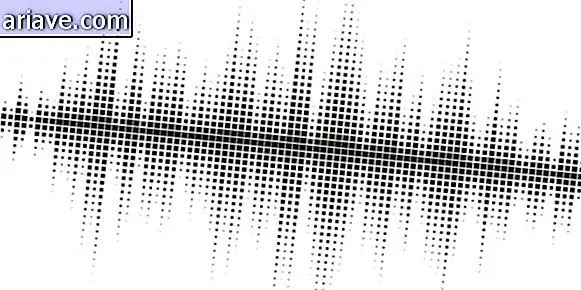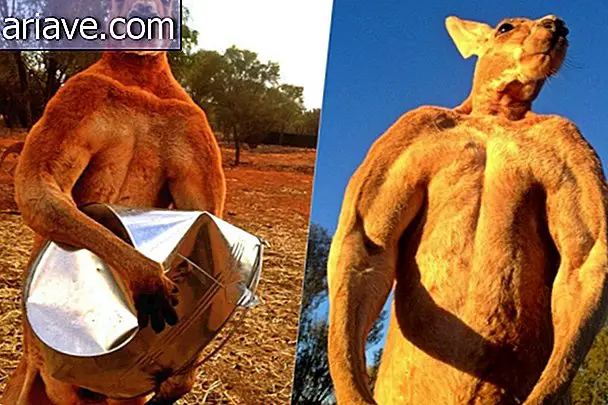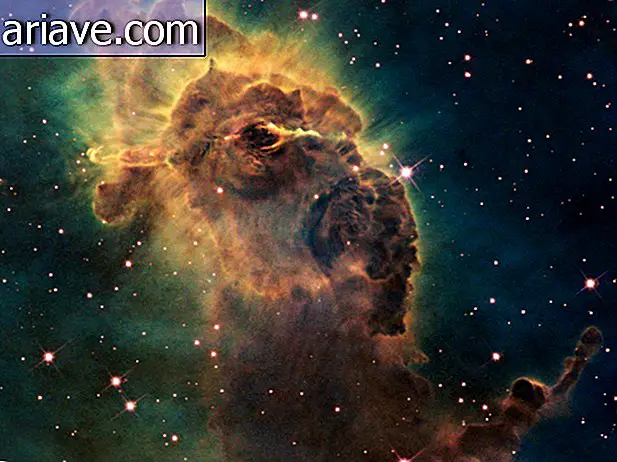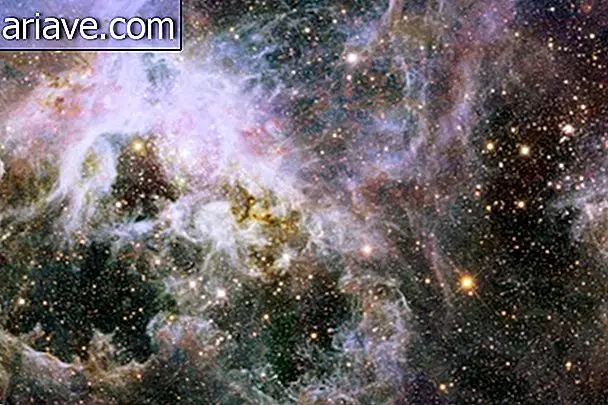Virtually our whole body is made up of empty spaces
Look at the world around you and try to see beyond buildings, cars and people. Everything in our universe is just a set of atoms moving at high speed. If you have ever seen the representation of one of these particles, you may have noticed that there is a large empty space separating the proton and neutron nucleus from the surrounding orbiting electrons.

In fact, this void makes up most of the atoms. In practice, this means that almost our entire body - 99.99999999% of it, to be exact - is formed by nothing. However, if this is true, why can't we play ghost and break through walls?
It may seem a little difficult to visualize, but things get easier if you remember that these particles are constantly in motion. Although most of it is this void, the velocity of the particles gives us the feeling that we are touching something solid.
This is because the protons, neutrons, and electrons that make up the atom behave like a wave, and we never know for sure the exact position of each of these elements.
You mean we never really touch anything?
Yes, that means that when you hug someone, you are not really feeling the atoms that make up that person, but the electromagnetic force caused by the electrons of the two of you pushing each other.
To make things easier, we can think of the fan analogy. When you see a fan turned off, it's easy to see that there's a lot of space between each of the blades; however, the moment we turn it on at a high speed, we get the feeling that the blades form a large solid disk.

So remember: Although virtually everything around us, including ourselves, is made up of atoms with large, apparently empty spaces, you can't get through objects for the same reason that it's not a good idea to put your hand in the middle of moving blades. .


